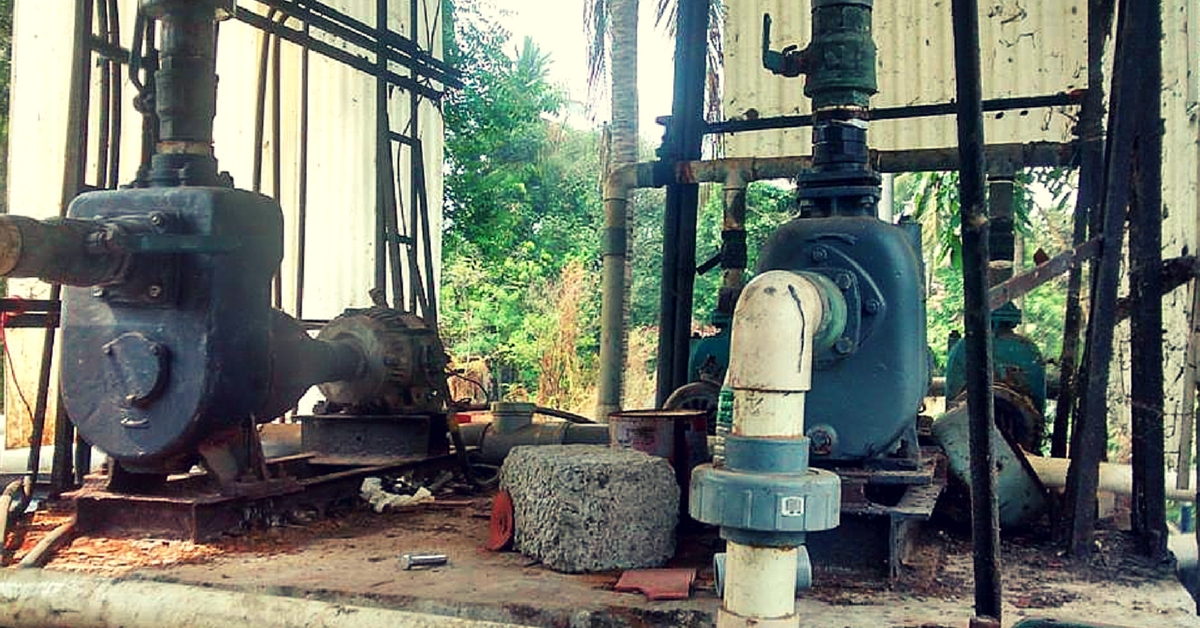The city of Bengaluru is one step closer to ensuring that its waste management resources are utilised to optimum capacity. In a first for the city, a newly-installed sewage treatment plant (STP) in Bengaluru will also generate power.
The STP was recently inaugurated by Siddaramaiah, the chief minister of Karnataka, at the Koramangala-Challaghatta valley. The plant boasts a capacity of 60 million litres per day (MLD) and generates 1MW by means of a biogas engine.
The plant will treat the sewage from areas lying between Kanakpura Road and Sarjapur Road. The Bangalore Water Supply and Sewerage Board (BWSSB) has stated that the sewage will be treated through activated sludge process.
The residue of the treated sewage will be utilised to generate power.

Image for representation. Photo source
This plant promises to play a crucial role in the reduction of sewage entering the city’s water bodies, particularly Bellandur Lake.
The Bellandur Lake in the city has been in the news in recent months, due to the unfortunate distinction of being one of the most polluted lakes in the area. Its toxic content is so high, that the lake has caught fire close to three times in a span of just six months. Authorities have projected that the plant will make it possible to cut down the sewage inflow by a whopping 120 MLD.
You may also like: A Low Cost STP that Treats Water Without Chemicals or Electricity is Helping Communities Save Lakhs
To make the project a reality, the state sought the assistance of Japan International Cooperation Agency (JICA). According to a report in Times of India, the project also involved laying down a 15 km-long pipeline and 60 km of electrical cables.
To make sure that the plant functions to its utmost ability, authorities spared no expenses in its design and manufacturing. The plant is outfitted with pumps procured from Norway while other parts of the equipment have been sourced from countries around the world including Australia and Sweden. The project has taken three years to complete and cost the state ₹205 crore.
Like this story? Or have something to share? Write to us: contact@thebetterindia.com, or connect with us on Facebook and Twitter.
NEW: Click here to get positive news on WhatsApp!
If you found our stories insightful, informative, or even just enjoyable, we invite you to consider making a voluntary payment to support the work we do at The Better India. Your contribution helps us continue producing quality content that educates, inspires, and drives positive change.
Choose one of the payment options below for your contribution-
By paying for the stories you value, you directly contribute to sustaining our efforts focused on making a difference in the world. Together, let's ensure that impactful stories continue to be told and shared, enriching lives and communities alike.
Thank you for your support. Here are some frequently asked questions you might find helpful to know why you are contributing?

